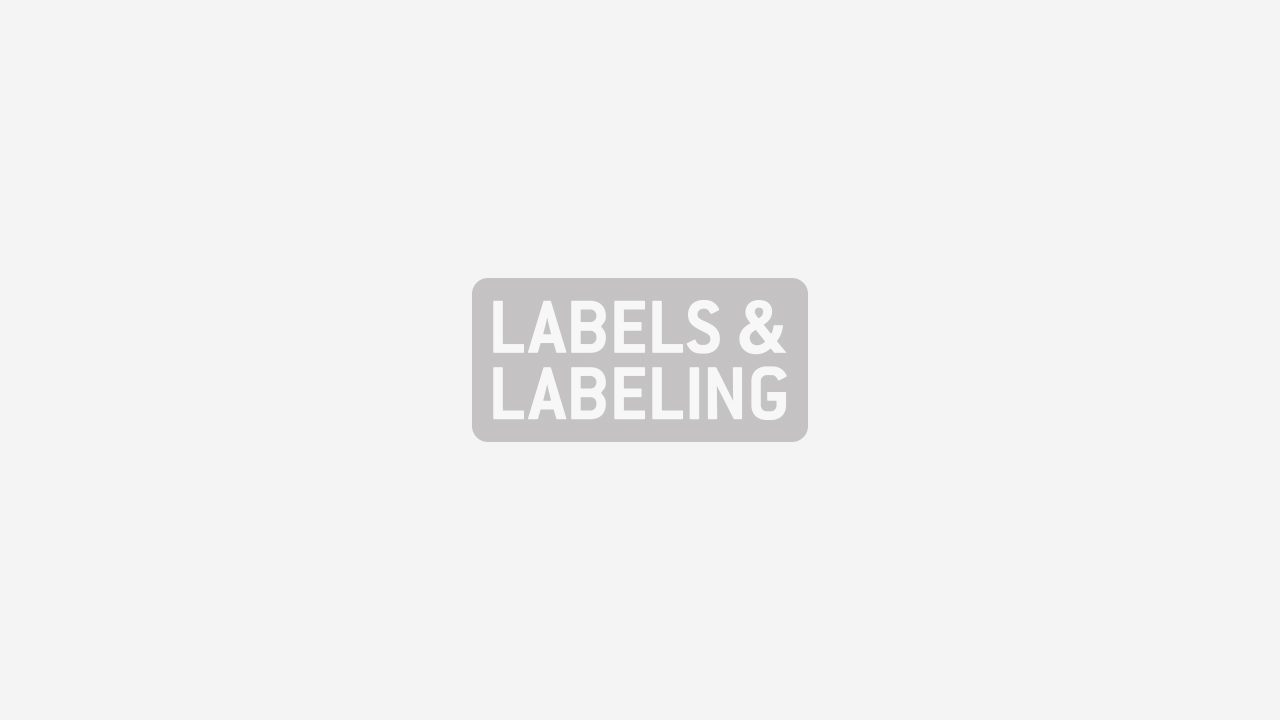Stork Prints releases high pressure water developer

Rotary screen printers wanting to create tactile features like Braille dots on labels and packages will finally be able to image their screens in-house and offer a more responsive, flexible service - thanks to a specially adapted high-pressure water developer from Stork Prints.
The developer enables fast and thorough cleaning of nickel screen cylinders with emulsion coverings above 200 m immediately after the imaging process. This is a vital stage in the imaging of tactile screens because the unit’s high-pressure water spraying action ensures thick deposits are cleared before the exposed, hardened emulsion can react with the water.
The unit is used alongside other equipment in the imaging cycle, for exposure, washing, drying and inspection.
Wim Zoomer, account manager, Stork Prints, said: ‘With the launch of the developer, all the imaging equipment needed for creating very tactile screen cylinders is now commercially available.’
Wim explained why printers who carry out the screen imaging themselves can be much more responsive to customers’ needs: ‘You can simply start pre-production work as soon as the proof is signed off. With the high pressure developer included for washing tactile screens, printers can offer the high flexibility of service, whatever the application.’
Coating of Braille/tactile cylinders, though, is best done by the screen supplier as it needs specialist equipment. Wim continued: ‘The re-imaging process for these screens would be a continuous collaboration between printer and screen manufacturer. Stork can support the customer by delivering the pre-coated photosensitive screens, carrying out the stripping after the printer has finished with printing the design, and recoating.’
Braille dots need a height of 250 m, and 1.2 mm in diameter. Distance between dots is ideally about 2.5 mm; spacing between cells is about 6.0 mm and spacing between lines, 10.1 mm. Unless the label is for a very small container, uncontracted Braille has to be used. UV inks are used for screen-printed Braille. The ideal re-imageable screen-cylinder is RotaMesh 75, because of its 40 per cent open area.
The rotary screen printing process lays down a controlled layer of varnish up to 300 m thick in one go, and at high speeds, with customers' presses running at between 40 - 60 m/min for Braille in 2005. Quality is high because the UV-inks/varnishes employed offer high resistance against moisture, chemicals, abrasion and weather. Registration accuracy is very high - about 0.1 mm. And because pure nickel non-woven screen cylinders can be re-imaged, costs are very low: the same screen can be used for many different jobs or pack designs.
High-pressure spraying is not needed for cylinders carrying images of lower ink-deposits, like line work, opaques or varnish finishes. These just need a standard rinse after exposure.
Stay up to date
Subscribe to the free Label News newsletter and receive the latest content every week. We'll never share your email address.
